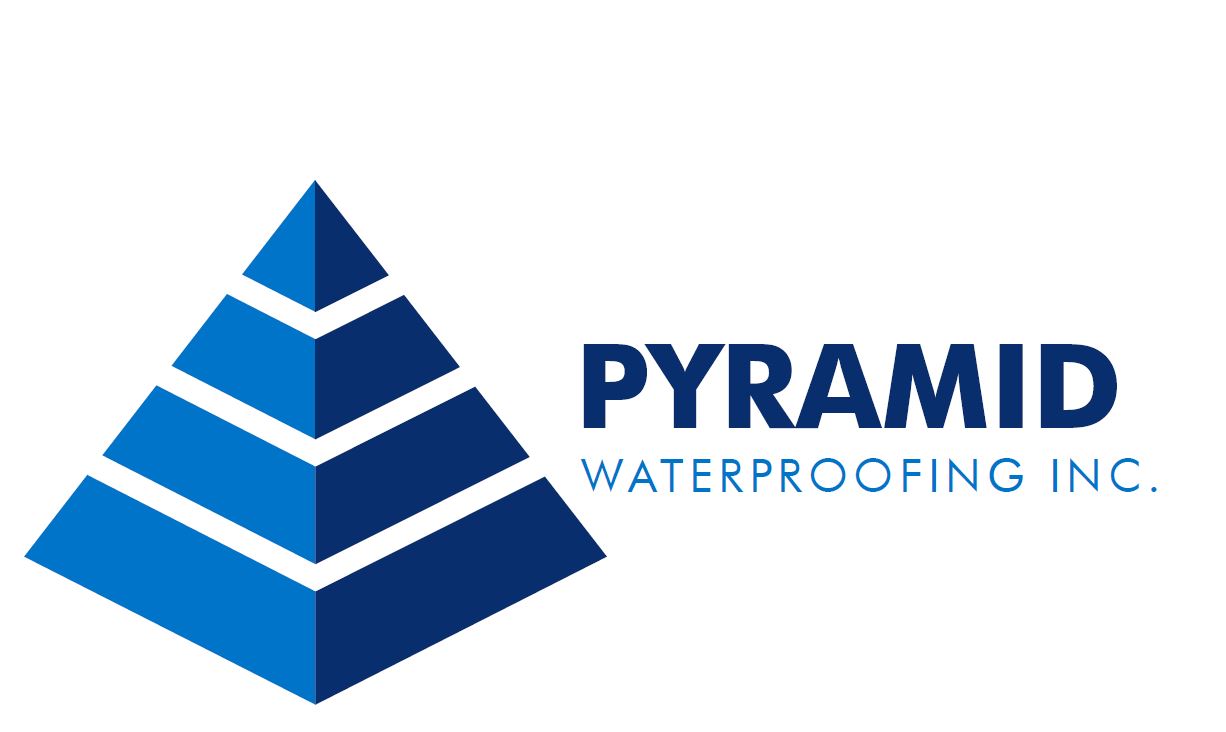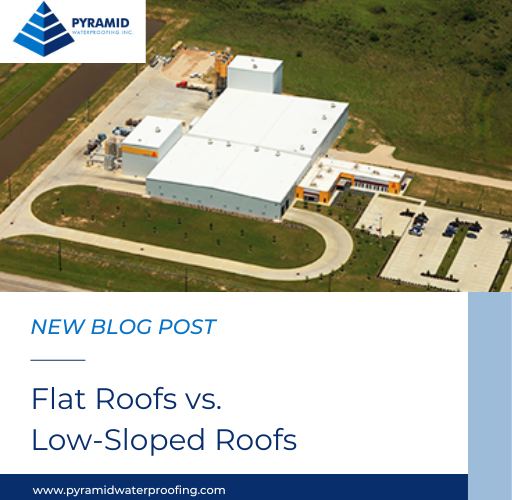Flat Roofs VS. Low-Sloped Roofs
Flat roofs and low-slope roofs are the most common roof types for commercial buildings. They are very similar and can be constructed with similar materials, such as single-ply, modified bitumen, metal, or a built-up roofing system. In fact, flat roofs are not completely flat. Most flat roofs have a pitch of 0.25/12 to 0.5/12. This represents the rise of the slope from two points that are 12 inches apart. A flat roof only has a slope of ¼’’ to ½’’. Anything below a 3/12 (slope of 3 inches) is considered a low-slope roof.
Flat Roofs
Pros
There are many benefits when it comes to flat roofs for a commercial building.
- Lower Energy Cost – Many of the options for flat roofs are white and reflective. The heat is not as well absorbed into the building.
- Quick Installs – This roofing are relatively quick to install
- HVAC units can be installed on the roof
- Safety – When maintenance or repairs need to be done, this roof is pretty safe to complete work due to the flat surface
Cons
The pros of this type of roofing definitely outweigh the bad, but if your roof is older or poorly designed, drainage issues could become a huge problem for your commercial building. Improper drainage could lead to standing water on your roof and could in turn lead to leaking. At Pyramid, we can help you with any drainage or leaking issues you may have on your current roof.
Low-Sloped Roofs
Low-sloped roofing is also another popular roofing style for commercial buildings. It’s usually seen on warehouses, apartment complexes, and other commercial buildings. Flat roofs and low-slope roofs are often used interchangeably. This is because a lot of the benefits and materials used are the same.
Pros
- Water Drainage – Because this roof is sloped, you’ll have water running off the roof and you can design the roof to direct the water.
- Less material than high-pitch roofs – Because there is less surface area, you don’t need to use as much material as high-pitch slopes.
- Easy Repairs – Like with flat roofs, repairs can be made fairly easily as long as proper maintenance is performed.
Cons
Even though these roofs do have more of a slope than flat roofs, you still need to be mindful of drainage and pooling. Our team can help you with your roof’s specifics.
These two roof types are very similar so whether you’re looking to build a new building, in the market to buy or reroof your current building, the type of roof installed will come down to preference and specifications of the building. Contact us today and we can help you understand your options when it comes to your roof.

